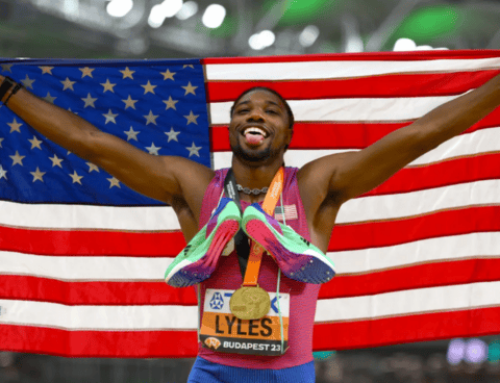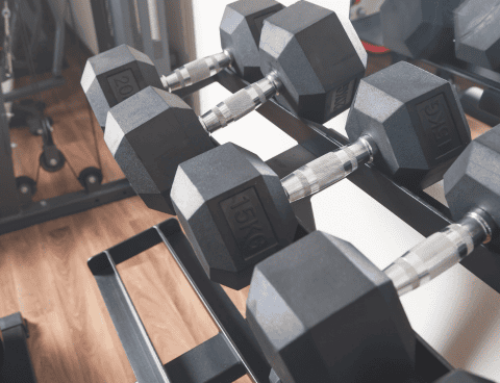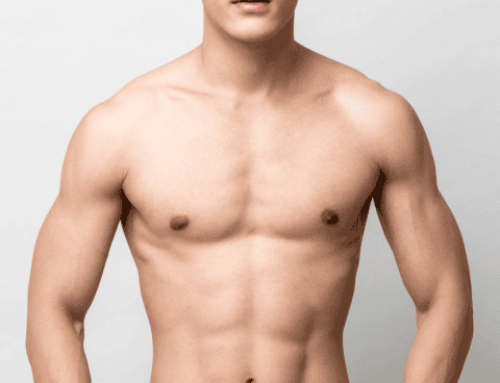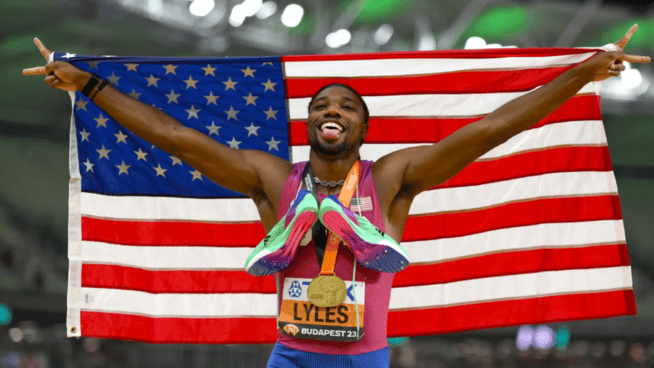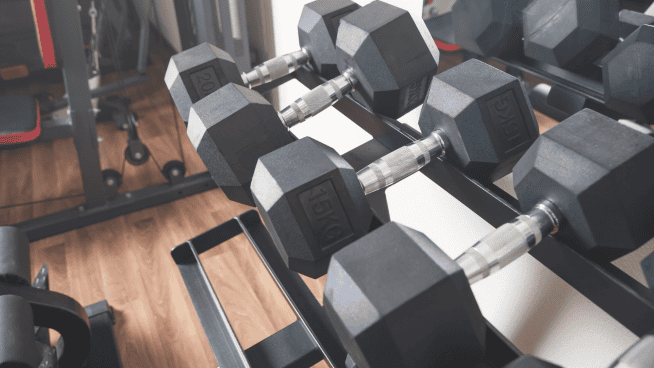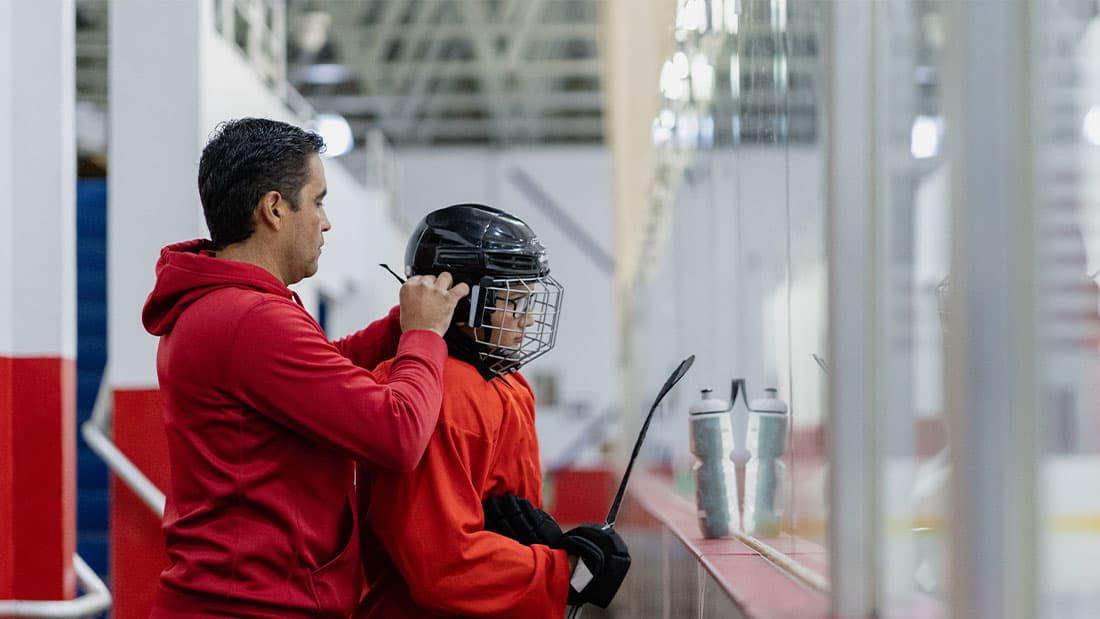Why You Need Strong Triceps
A developed set of triceps creates the arm size that most lifters seek. It’s something that Bicep Curls alone just can’t pull off. But there are performance-based reasons why the triceps should be well-trained.
Synergy and Lockout Strength
It’s no shocker that this subheading tops the article. Whether it’s for an athletic reason, like blocking a defensive lineman off the line of scrimmage, or just being able to kick a plateau in a heavy Bench Press, the chest, triceps and front deltoids all work together to create a strong pushing action. These muscles are synergists, so they should be trained using compound movements. The flat Bench Press is a commonly used move (and will usually allow the most weight to be lifted), but there are other exercises you should try for a stronger push and to develop synergistic triceps strength:
- Incline Bench Press (especially with mid grip)
- Standing Press
- Plate-Loaded Chest Press
Shoulder Stability
The triceps are not frequently thought of as shoulder stabilizers, but in my opinion every muscle that attaches to the scapulae (i.e., shoulder blades) has an effect on stabilizing the shoulder in some way. The triceps also fit the bill.
To improve shoulder stability via triceps strength, you need to strengthen the three heads of the muscle. It’s easy to get caught up in training only the first two heads of the triceps, the lateral and medial, which are most easily targeted with Dips, Close-Grip Bench and Skullcrushers. The third head—the long head—doesn’t activate until the upper arm makes its way away from the body with overhead movements like the French Press and Pullover variations.
If going overhead with weight results in shoulder discomfort, you can modify the Pressdown—what I consider to be the most overused triceps exercise of all time—to target the long head of your triceps, pain-free.
More on Shoulders
We know everyone’s built differently, so it’s understandable that not everyone’s shoulders can tolerate the same overhead positions and loads. Knowing this, it’s a good idea not to add fuel to the fire with your exercise selections. The old school Bench Dips is one of those exercises that’s OK to delete from your routine to make room for the one of the movements mentioned above. There’s nothing healthy about handling a load from a completely internally rotated arm position. For most people in the general population—not to mention for athletes who throw things to play their sport—it’s better to choose one of the superior alternatives above to hit the triceps hard.
Summary
It’s always beneficial to think about the function of the muscles before choosing an exercise. This keeps performance in first view, ensuring that you’re developing the muscles entirely at the same time. Plus, there’s nothing wrong with sporting a couple of solid horseshoes on the back of the arm when it’s time for the guns to come out.
Build your triceps with these exercises:
[cf]skyword_tracking_tag[/cf]RECOMMENDED FOR YOU
MOST POPULAR
Why You Need Strong Triceps
A developed set of triceps creates the arm size that most lifters seek. It’s something that Bicep Curls alone just can’t pull off. But there are performance-based reasons why the triceps should be well-trained.
Synergy and Lockout Strength
It’s no shocker that this subheading tops the article. Whether it’s for an athletic reason, like blocking a defensive lineman off the line of scrimmage, or just being able to kick a plateau in a heavy Bench Press, the chest, triceps and front deltoids all work together to create a strong pushing action. These muscles are synergists, so they should be trained using compound movements. The flat Bench Press is a commonly used move (and will usually allow the most weight to be lifted), but there are other exercises you should try for a stronger push and to develop synergistic triceps strength:
- Incline Bench Press (especially with mid grip)
- Standing Press
- Plate-Loaded Chest Press
Shoulder Stability
The triceps are not frequently thought of as shoulder stabilizers, but in my opinion every muscle that attaches to the scapulae (i.e., shoulder blades) has an effect on stabilizing the shoulder in some way. The triceps also fit the bill.
To improve shoulder stability via triceps strength, you need to strengthen the three heads of the muscle. It’s easy to get caught up in training only the first two heads of the triceps, the lateral and medial, which are most easily targeted with Dips, Close-Grip Bench and Skullcrushers. The third head—the long head—doesn’t activate until the upper arm makes its way away from the body with overhead movements like the French Press and Pullover variations.
If going overhead with weight results in shoulder discomfort, you can modify the Pressdown—what I consider to be the most overused triceps exercise of all time—to target the long head of your triceps, pain-free.
More on Shoulders
We know everyone’s built differently, so it’s understandable that not everyone’s shoulders can tolerate the same overhead positions and loads. Knowing this, it’s a good idea not to add fuel to the fire with your exercise selections. The old school Bench Dips is one of those exercises that’s OK to delete from your routine to make room for the one of the movements mentioned above. There’s nothing healthy about handling a load from a completely internally rotated arm position. For most people in the general population—not to mention for athletes who throw things to play their sport—it’s better to choose one of the superior alternatives above to hit the triceps hard.
Summary
It’s always beneficial to think about the function of the muscles before choosing an exercise. This keeps performance in first view, ensuring that you’re developing the muscles entirely at the same time. Plus, there’s nothing wrong with sporting a couple of solid horseshoes on the back of the arm when it’s time for the guns to come out.
Build your triceps with these exercises:
[cf]skyword_tracking_tag[/cf]
